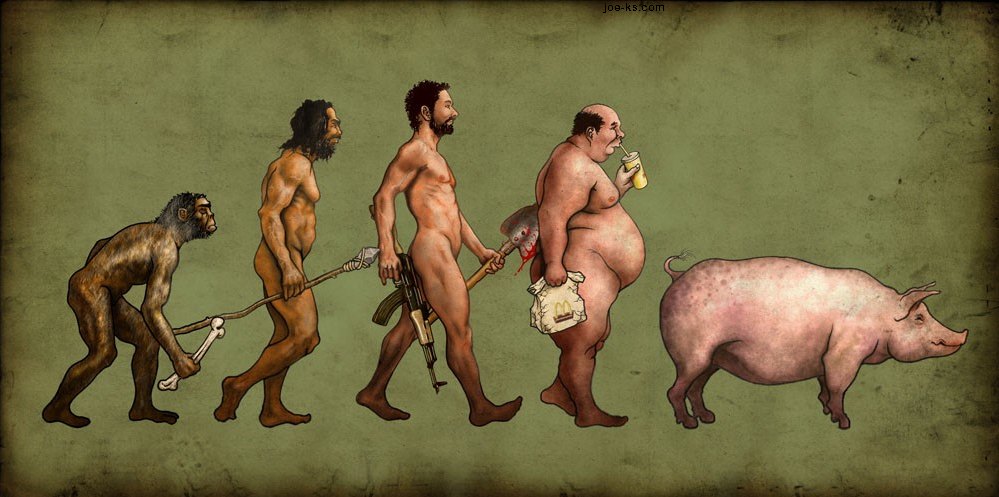The Paleo, the Paleolithic, the hunter-gatherer, the caveman, the Rock Get older, the primal diet, as well as others. If you have heard some of those brands before, are aware of the concept, and were persuaded due to evolutionary quarrels, then we reveal something in common. However, this post will review the available data if the Paleolithic diet is healthy or not. The Flintstones-bumptious Fred and willowy Wilma-along with neighbors Barney and Betty Rubble, are in the town of Bedrock, a Stone-Age version of middle America, filled with stone restaurants, natural stone bowling alleys, rock television, annoying bosses, and a dinosaur racetrack. It isn't exactly clear what the Flintstones consistently eat, but the animated menu does regularly include food. There have been pies, upside-down cake, and Bronto-burgers, and which field where Wilma slices up what appears to be a meatloaf with a sawfish.
Because the Paleo diet emulates what our ancestors ate, you get a higher protein, high fruit and veg diet with modest amounts of excessive fat, but with high quantities of healthy omega-3 and monounsaturated extra fat. Protein is thought to have a greater thermic impact than either excessive fat or carbohydrate, meaning that it improves your metabolism, speeding weight loss. Additionally, protein enables you to feel full up - more so than either fats or carbohydrate, so that it sets the brakes on your cravings. Married few Christine and Matt are active professionals who battle to find enough time to exercise. Christine suspects her diet is responsible for too little energy while Matt believes their diet plan are responsible for a few extra kilograms. Christine reckons while the Hunters and Gatherers' diet sounds simple” she'll miss her regular glass of tea and a biscuit. Matt considers it'll be tough to stop coffee and his night time glass of wine.The Paleolithic group were as satiated as the Mediterranean group but used less energy each day (5.8 MJ/day vs. 7.6 MJ/day, Paleolithic vs. Mediterranean, p = 0.04). As a result, the quotients of mean change in satiety during food and suggest consumed energy from drink and food were higher in the Paleolithic group (p = 0.03). Also, there is a strong style for better Satiety Quotient for energy in the Paleolithic group (p = 0.057). Leptin decreased by 31% in the Paleolithic group and by 18% in the Mediterranean group with a tendency for greater relative decrease of leptin in the Paleolithic group. Comparative changes in leptin and changes in weight and waistline circumference correlated significantly in the Paleolithic group (p < 0.001) but not in the Mediterranean group. Changes in leptin receptor and free leptin index were not significant.Protein-In a Paleolithic diet necessary protein is the reason 25-30% of calories from fat and is derived almost solely from lean meats and fish. This contrasts with the NA diet which includes only 10-15% proteins which comes from high fat meat, grains, milk products and legumes. Thus both the amount and sources vary greatly between the two dietary methods. Proteins play a significant role in autoimmune disease and so these new resources of proteins (dairy products, grains, legumes) which present the immune system with new protein fragments, are extremely difficult. Celiac disease is an excellent example of an autoimmune disease motivated by these novel proteins. These newly introduced protein also play a major role in MS, rheumatoid arthritis, Crohn's and type 1 diabetes.
Married few Christine and Matt are active professionals who battle to find enough time to exercise. Christine suspects her diet is responsible for too little energy while Matt believes their diet plan are responsible for a few extra kilograms. Christine reckons while the Hunters and Gatherers' diet sounds simple” she'll miss her regular glass of tea and a biscuit. Matt considers it'll be tough to stop coffee and his night time glass of wine.The Paleolithic group were as satiated as the Mediterranean group but used less energy each day (5.8 MJ/day vs. 7.6 MJ/day, Paleolithic vs. Mediterranean, p = 0.04). As a result, the quotients of mean change in satiety during food and suggest consumed energy from drink and food were higher in the Paleolithic group (p = 0.03). Also, there is a strong style for better Satiety Quotient for energy in the Paleolithic group (p = 0.057). Leptin decreased by 31% in the Paleolithic group and by 18% in the Mediterranean group with a tendency for greater relative decrease of leptin in the Paleolithic group. Comparative changes in leptin and changes in weight and waistline circumference correlated significantly in the Paleolithic group (p < 0.001) but not in the Mediterranean group. Changes in leptin receptor and free leptin index were not significant.Protein-In a Paleolithic diet necessary protein is the reason 25-30% of calories from fat and is derived almost solely from lean meats and fish. This contrasts with the NA diet which includes only 10-15% proteins which comes from high fat meat, grains, milk products and legumes. Thus both the amount and sources vary greatly between the two dietary methods. Proteins play a significant role in autoimmune disease and so these new resources of proteins (dairy products, grains, legumes) which present the immune system with new protein fragments, are extremely difficult. Celiac disease is an excellent example of an autoimmune disease motivated by these novel proteins. These newly introduced protein also play a major role in MS, rheumatoid arthritis, Crohn's and type 1 diabetes.Enter your text here...